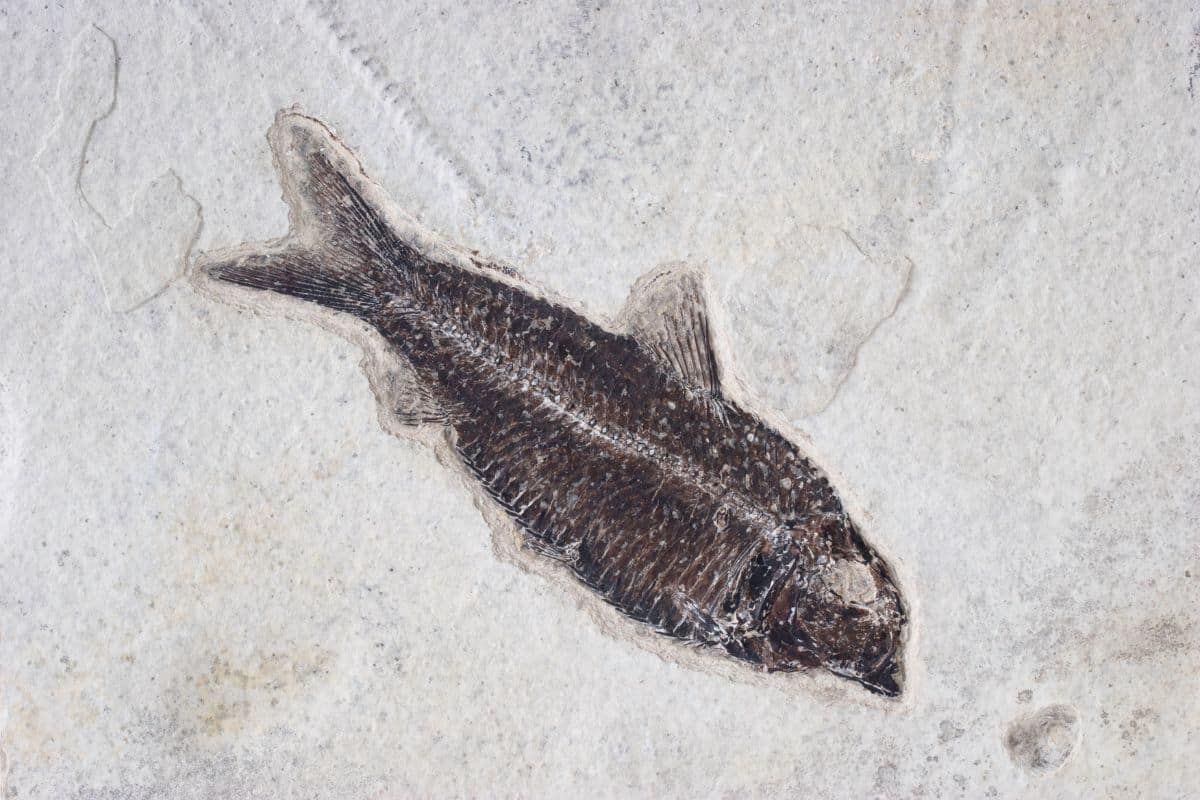
The ability to move with both agility and strength is a defining characteristic of vertebrates. A groundbreaking study featured in PLOS Biology sheds light on the evolutionary origins of this capability, pinpointing it back to ancient jawed fish, and thereby enhancing our comprehension of skeletal evolution.
Researchers found that the earliest synovial joints—crucial structures that are fluid-filled and lubricated for ease of movement—first appeared in early vertebrate ancestors, bestowing significant evolutionary advantages.
Exploring Ancient Mobility
For years, scientists have engaged in discussions regarding the timing and mechanisms behind the emergence of mobile joints, which allow bones or cartilage to slide smoothly against one another. These joints are present in all jawed vertebrates, encompassing everything from bony fish to terrestrial animals, including humans. However, their precise origins had remained a topic of speculation.
A team of researchers led by Neelima Sharma from the University of Chicago investigated the anatomy and development of joints in modern cartilaginous fish, such as sharks, and made comparisons with jawless fish like lampreys. Additionally, the study examined fossils from extinct species to ascertain when synovial joints first emerged within the evolutionary context.
The Significance of Synovial Joints
Synovial joints are vital for vertebrate mobility. These joints create fluid-filled spaces that minimize friction, facilitating smoother and more stable movement. For humans, synovial joints allow for straightforward actions like finger bending as well as complex movements such as running.
The research indicated that jawless fish, including lampreys, do not possess synovial joints, proposing that these structures were absent in the most primitive vertebrates. In contrast, cartilaginous fish like bamboo sharks and little skates exhibit cavitated joints, implying the existence of early synovial elements.
Through fossil analysis, researchers identified the earliest known synovial joint in an ancient jawed fish named Bothriolepis. “The development of mobile joints in our fish ancestors enabled new ways of movement and feeding,” they noted.


Comparative Analysis of Jawed and Jawless Fish
To delve into this evolutionary milestone, Neelima Sharma’s research group from the University of Chicago examined various fish species. They contrasted jawless varieties like lampreys with cartilaginous species such as bamboo sharks and little skates.
The results were striking: jawless fish were found to lack synovial joints, while their cartilaginous counterparts featured them. This difference indicates that the enhanced mobility and efficiency developed only among jawed vertebrates, a finding supported by fossil records.
Fossil Evidence Validates Joint Evolution
By studying fossil records, researchers pinpointed the earliest identifiable synovial joint in Bothriolepis, a prehistoric armored fish that swam the oceans approximately 380 million years ago. CT imaging of Bothriolepis fossils showcased joint structures remarkably akin to those in modern vertebrates.
This fossilized evidence suggests that synovial joints originated in jawed fish, granting them a distinct advantage over jawless species. With increased movement flexibility, these ancient organisms could traverse their ecosystems more effectively, paving the way for the emergence of terrestrial vertebrates.


The Evolutionary Shift to Terrestrial Life
The emergence of mobile joints was pivotal in the evolutionary journey of vertebrates. Early jawed fish, with their newly developed synovial joints, gained enhanced freedom of movement, increased hunting efficiency, and adaptability to varied environments.
Over millions of years, this evolutionary trait facilitated the transition of fish to land, leading to the advent of amphibians, reptiles, and mammals. Today, the joint structures that first evolved in ancient jawed fish continue to influence human movements.
Implications for Contemporary Science
This discovery not only enriches our understanding of evolutionary history but also opens avenues for medical research. Gaining insights into the origins of synovial joints may lead to better treatments for joint-related ailments, such as arthritis, and improved approaches to mobility challenges.
The research also lays the foundation for future studies. Scientists plan to delve deeper into fossil records and conduct genetic comparisons to investigate how synovial joints have evolved across various vertebrate species.









